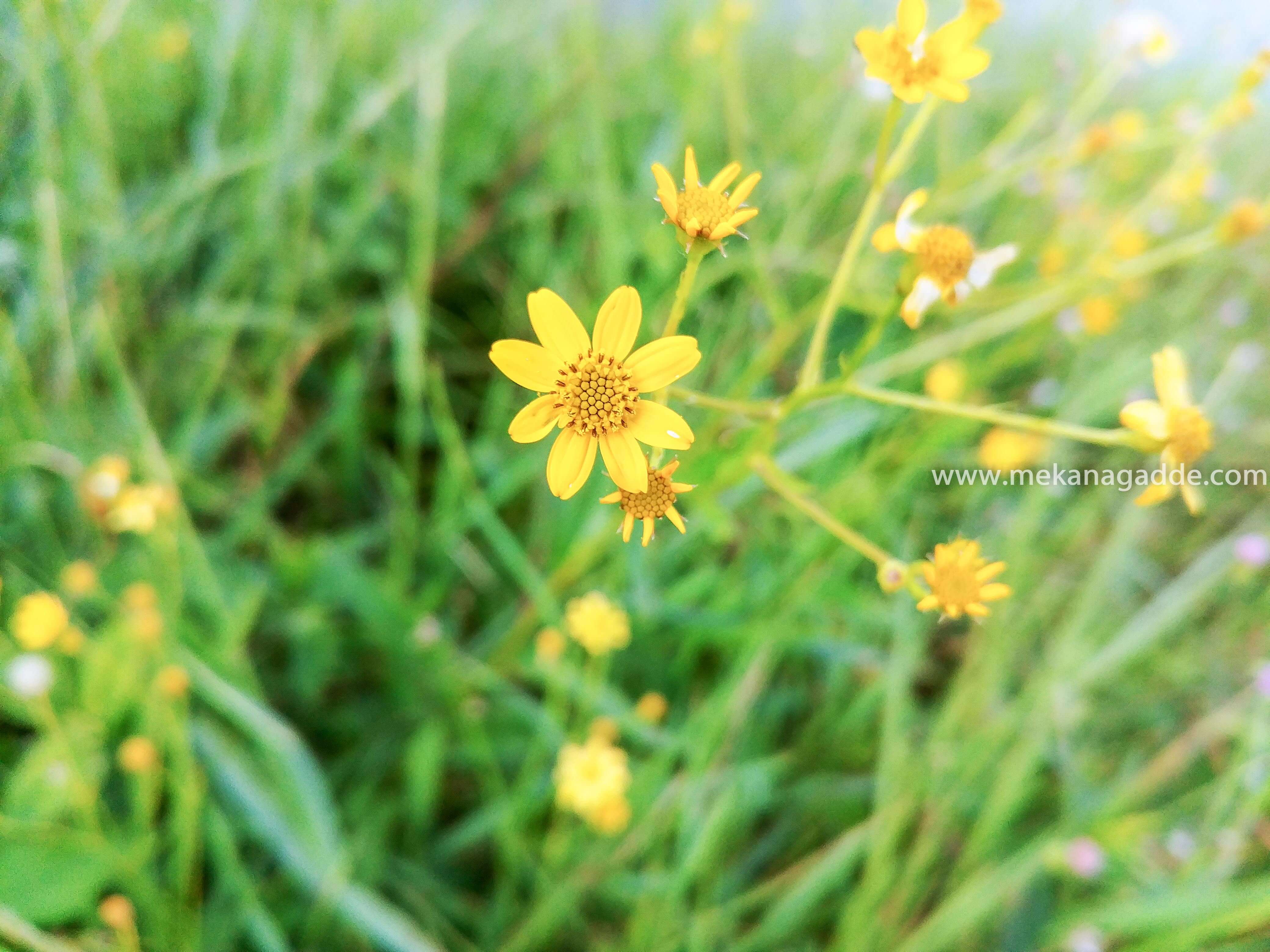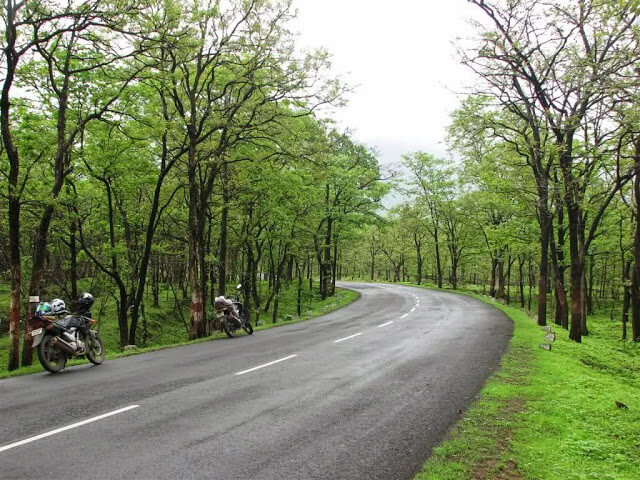Category: Western Ghats Nature
-

Western Ghat – India
The Western Ghats, commonly known as the Sahyadri Mountain range, spans Karnataka, Goa, Maharashtra, Gujarat, Kerala, and Tamil Nadu for 1,600 km (990 miles). It’s a UNESCO World Heritage Site and biodiversity hotspot. The Western Ghats, also known as the Sahyadri Mountain range, is a mountain range that runs parallel to the western coast of…
-

What is Sustainable Travel
Sustainable travel is a way of exploring the world that respects and protects the environment, the culture, and the people of the places we visit. It is about being aware of the impact of our travel choices and actions, and making decisions that minimize the negative effects and maximize the positive ones. Sustainable travel is…
-

Essential Items for Eco-Friendly Travel
If you’re looking for ways to travel more sustainably, one of the things you can do is to pack eco-friendly items that reduce your environmental impact. In this blog post, I’ll share some of the essential items for eco-friendly travel that I always bring with me on my trips.
-

Places to visit in Mudigere
Mudigere is a small town in the Chikmagalur district of Karnataka, India. It is known for its scenic beauty, lush green hills, coffee plantations and temples. If you are looking for a peaceful getaway from the hustle and bustle of city life, Mudigere is a perfect destination for you. Here are some of the places…
-

Simply Sustainable
How to make sure your hotel is as environmentally friendly as possible With the pressures of global warming, we’re all looking for ways we can cut our carbon footprint and travel more responsibly. The decision of where to stay during your trip is a big factor so it’s good to know hotels are rising to…
-

Extreme Trekking Tracks in Sakleshpur
These below tracks were once a favorite trekking paths for people who wanted extreme trekking. Now a days these treks have become extremely difficult because of the forest animals and strict regulations of forest departments. These tracks have lost its glory because of these reasons The above points are solely my thoughts and below trekking…
-

Connecting People To Nature
From your backyard to your favorite national park, nature is closer than you think. It’s time to get out and enjoy it. ‘Connecting People to Nature’, the theme for World Environment Day 2017, implores us to get outdoors and into nature, to appreciate its beauty and its importance, and to take forward the call to…
-

Protect Our Biodiversity, Protect Our Culture
May 22 is observed as International Day for Biodiversity but as each year passes and another Biodiversity day is celebrated, more plants, animals and aquatic life continue to disappear for good from the face of the earth. It is true that new animal species have been recently discovered in the state, but some plants, animal…
-

Travel Guide to Chikmagalur
Chikmagalur is the trending destination in the South India. Chikmagalur is already well known for its beauty of nature with words cannot describe. Many tourists flow from many parts of India, mainly from the Bangalore for the weekend trips. People from Chennai, Kerala, Mumbai and Delhi are some of the frequent travelers to Chikmagalur. Coffee…
-

Best Picturesque Riding Destinations in and around Chikmagalur
Every biker is familiar with the feeling of freedom, the joy of flying through the freeways and shredding the tarmacs from a great ride. This is perhaps the greatest reason why those of us with a hint of madness love our two wheeled beasts. Now imagine every feeling intensify thanks to some picturesque landscapes that…